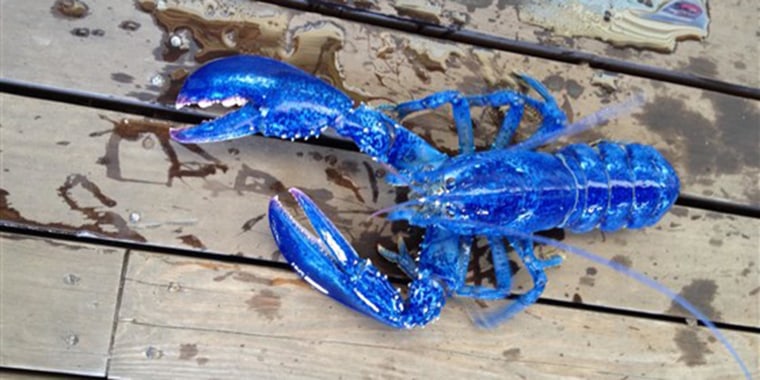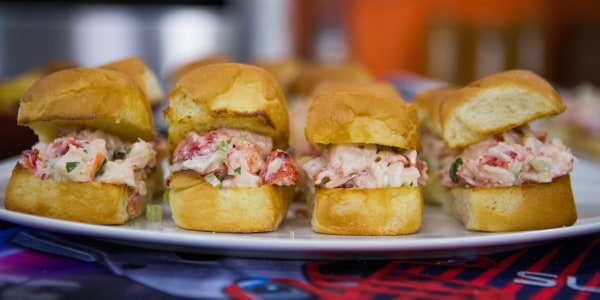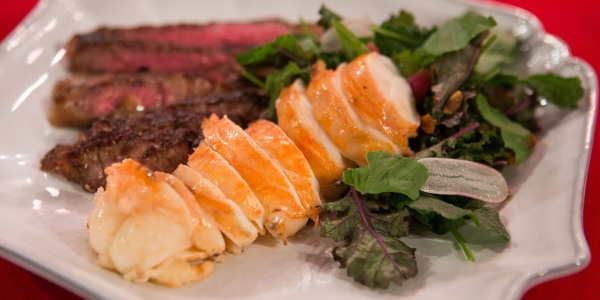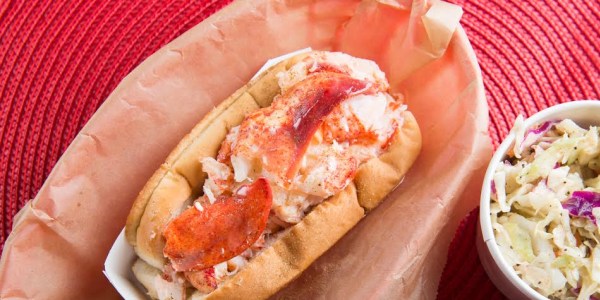Still haven’t enjoyed a lobster this season? There’s no time like the present because Sept. 25 is National Lobster Day!
OK, June 15 is also National Lobster Day, but lobster is worthy of two celebrations.
TODAY Food has the food holiday covered with 10 surprising fun facts about the crustacean, plus loads of lobster recipes, including the ultimate lobster roll recipe from Luke’s Lobster.
1. Lobsters can be cobalt blue in color.
About one in two million have this characteristic. One in 50 million are two-toned in color: half bright orange, half dark brown. One in 100 million of the crustacean are albino. None of these rare lobsters are consumed by humans.
2. The largest lobster ever caught weighed 44 pounds and was found in Nova Scotia in 1977.
That's according to the Guinness Book of World Records. In 2012, the largest Maine lobster ever caught weighed 27 pounds and was nicknamed “Rocky” because of its huge boxer-like crusher claw. Rocky was released back into the ocean in case anyone's wondering.
3. Each lobster has two different claws.
The larger is called the “crusher” and the smaller is called a “pincher” or “shredder.” Just like humans, some lobsters are righties and some are lefties. A pinch from the crusher claw can deliver up to 100 pounds of pressure.
4. But wait, not all lobsters have claws.
Clawless spiny lobsters come from the Caribbean and are often caught for their tail meat. Lobsters sold in the U.S. primarily come from Maine or Canada and are valued for their TCK: claw, knuckle and tail meat.
5. The best way to know that a lobster is fresh is by the size of its antennae.
Look for one with antennae that are the same length of its body.
6. It takes five one-pound lobsters to produce one pound of meat.
That's a lot of lobsters!
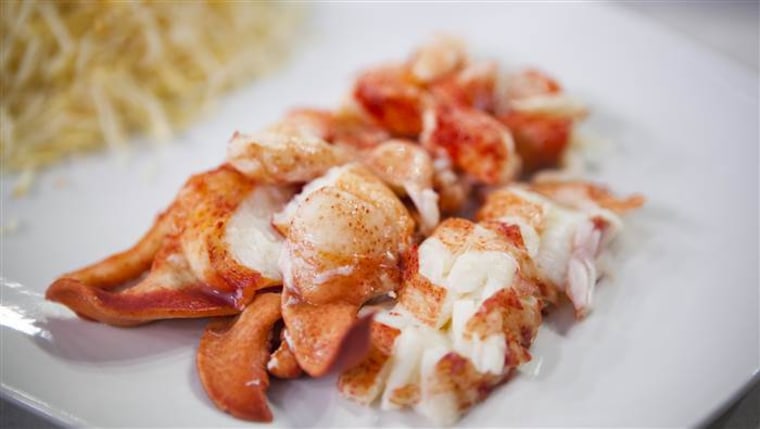
7. Choosing a Maine lobster is the best way to know that a lobster is sustainably caught.
In Maine, only lobsters that have a carapace shell that measures between 3-1/4 to 5 inches can be harvested. Also, Maine fishermen inspect every caught lobster by hand. If a female lobster with roe is harvested, a tiny notch is made on her tail before she’s released into the water so she can continue to help the population grow.
8. Between July and October, lobsters molt — meaning they shed the hard shells that they’ve outgrown and form new ones.
Bright orange lobsters harvested during this period are called "new shells" and their meat is prized for its ultra sweet flavor and tender texture. Great for beginners, they’re much easier to shuck than hard shell lobsters because their shells are still calcifying. Hard shell lobsters are available year-round. They’re darker in color and their meat has a brinier flavor.
9. That "green stuff" inside a lobster is called the tomalley.
It’s basically its liver and pancreas. Although some people think that the tomalley is a delicacy, it shouldn’t be eaten, just to be safe. Simply scrape it out and get to the good stuff — that sweet, buttery meat.
10. Boiling or steaming lobster in sea water is the best.
People who don't have ocean water at their disposal can simply add a quarter-cup of sea salt for each gallon of water used. Just have the tail? Follow this step-by-step guide for how to cook lobster tail perfectly every time.
